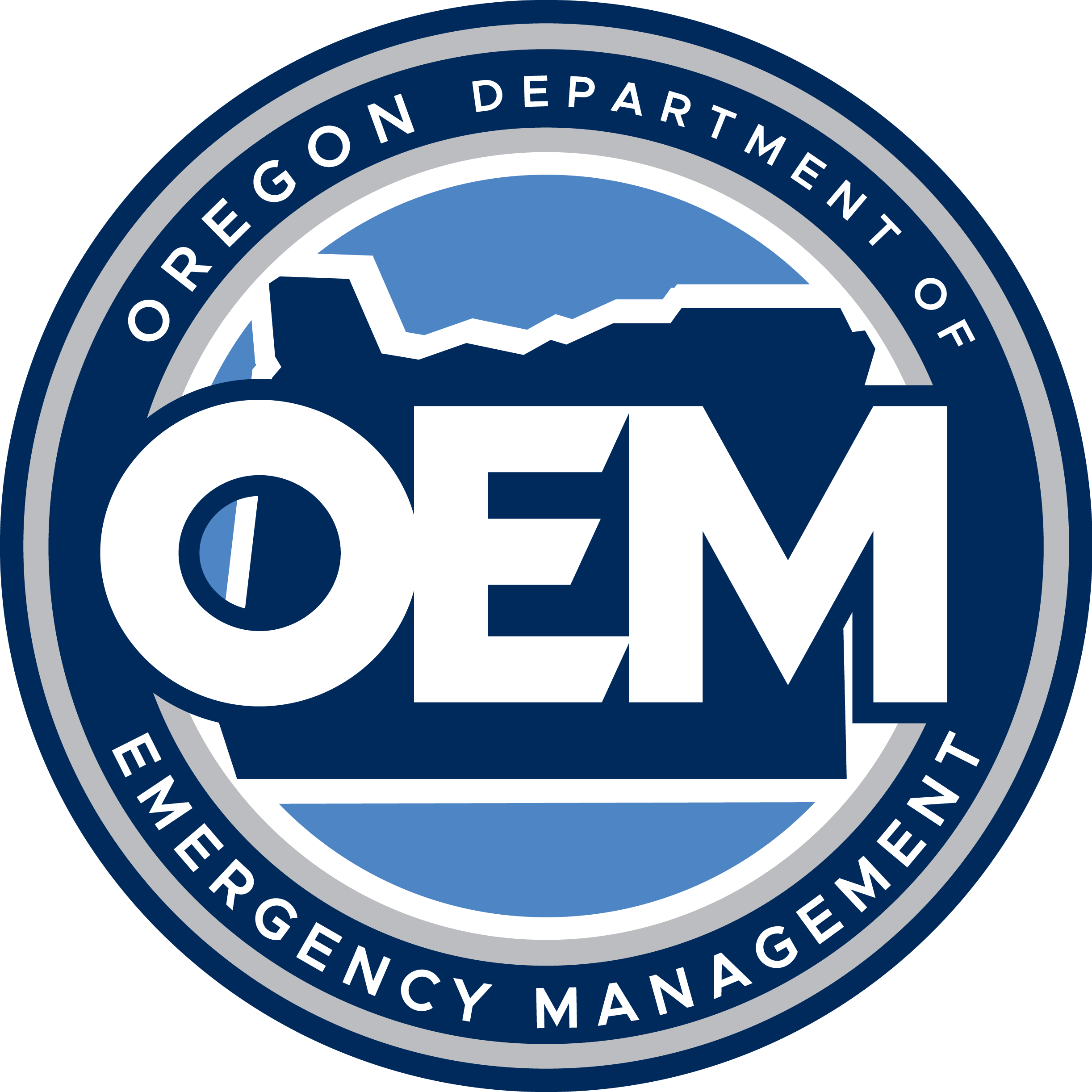OEM Encourages Oregonians To Celebrate The July 4 Holiday In A Fire-safe Way! -06/30/25
SALEM, Ore. — The Fourth of July is a time for celebration, filled with fireworks, barbecues, and outdoor fun. But with all the excitement, it’s important to prioritize fire safety to ensure a safe and enjoyable holiday for everyone. Eighty-five percent of wildfires are started by humans—many times with fireworks and campfires. Whether you are celebrating at home or traveling out of the area, know the latest road conditions, check if you are visiting an area near a wildfire, make sure you are signed up for Oregon emergency alerts, activate Federal Wireless Emergency Alerts on your phone, understand the evacuation levels, and make sure you have an emergency kit in your car—stay safe and don’t be the spark this holiday.
Fireworks—Keep it Legal. Keep it Safe.
Fireworks are a staple of Independence Day, but they can also be dangerous. The safest way to enjoy fireworks is to attend a public display organized by professionals. There are plenty of places you can see coastal displays, Portland area displays, the southern Willamette Valley, as well as other parts of Oregon. If you choose to use consumer fireworks, follow these precautions - including:
- Always check local regulations before lighting fireworks in your area.
- Never give fireworks to small children and keep a bucket of water or a hose nearby in case of emergencies.
- Light fireworks one at a time and never attempt to relight a dud.
- Maintain a safe distance from fireworks and never point them at people, animals, or structures.
- Remember, all fireworks are banned on public lands. This includes state and federal parks.
Campfire and Outdoor Fire Safety—Don't be the Spark.
Oregon Parks and Recreation Department maintains a state parks campfire/flame restrictions in page, the Oregon Department of Forestry maintains one for state lands, and the Bureau of Land management maintains a list for federal land. If your celebration includes a campfire or fire pit, follow these guidelines:
- Check if fires are allowed where you are camping.
- Keep flames small—about knee height—to prevent embers from drifting into trees or dry areas. If the wind picks up embers, put the fire out.
- Use designated fire rings—they’re placed in safe areas with buffers of at least 25 feet away from tents and vegetation. Use outdoor fireplaces and fire pits only in well-ventilated areas.
- Always have water nearby to fully extinguish the fire—douse, stir the embers, and ensure everything is wet.
- Beach fires belong on open sand—keep them away from driftwood and plants. Pour water slowly to avoid spraying hot sand. Never use sand to smother the fire—it traps heat and can cause burns later.
- Propane fire rings require the same precautions as wood fires—rules may vary by location.
- Never leave a fire unattended—many accidents happen when campers step away for just a minute. Ensure everyone, including kids, understands fire safety.
Grilling Safety
Backyard barbecues are a great way to celebrate, but they also pose fire hazards. Keep these tips in mind:
- Place your grill away from overhanging branches, siding, or deck railings.
- Never grill indoors and always supervise the grill while in use.
- Keep children and pets at least three feet away from the grill.
- Use long-handled tools designed for grilling to prevent burns.
Additional Fire Risks
- Discarded cigarettes – a single lit cigarette tossed carelessly can spark a wildfire.
- Equipment malfunctions – sparks from machinery, vehicles, or electrical failures can ignite dry vegetation.
- Dragging metal – loose chains or parts dragging on the road can create sparks.
- Exhaust system failures – Worn-out catalytic converters and exhaust components can emit hot carbon particles.
- Brake pad wear – thin brake pads can cause metal-on-metal contact, generating fire-causing sparks.
- Low tire pressure – driving on exposed rims due to low tire pressure can throw sparks.
- Parking on dry grass – hot exhaust parts can ignite dry vegetation on contact.
- Electrical system failures – faulty wiring or damaged electrical components can lead to vehicle fires.
- Fuel system leaks – gasoline leaks can ignite from heat or sparks.
By following the above fire safety tips and being aware of all the ways fires can spark, you can enjoy a fun and safe Fourth of July celebration.
For more fire safety tips, visit FEMA or the U.S. Fire Administration.
# # #
It is the mission of the Oregon Department Emergency Management (OEM) to proactively develop emergency response, risk reduction and disaster recovery programs to better serve Oregonians during times of disaster. OEM prioritizes an equitable and inclusive culture of preparedness that empowers all Oregonians to thrive in times in crisis. The agency leads collaborative statewide efforts, inclusive of all partners and the communities we serve, to ensure the capability to get help in an emergency and to protect, mitigate, prepare for, respond to, and recover from emergencies or disasters. For more information about the OEM, visit oregon.gov/oem.
You can get this document in other languages, large print, braille, or a format you prefer. For assistance, email OEM_PublicInfo@oem.oregon.gov. We accept all relay calls, or you can dial 711.



